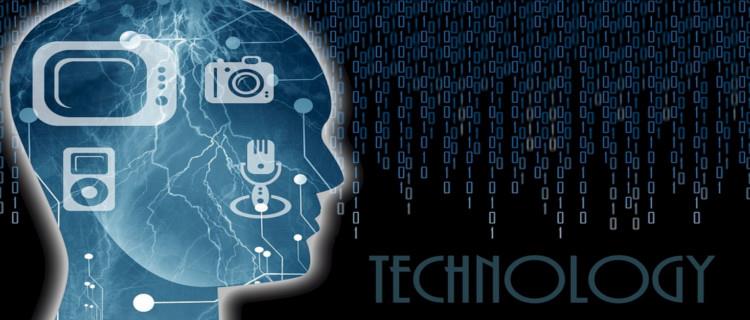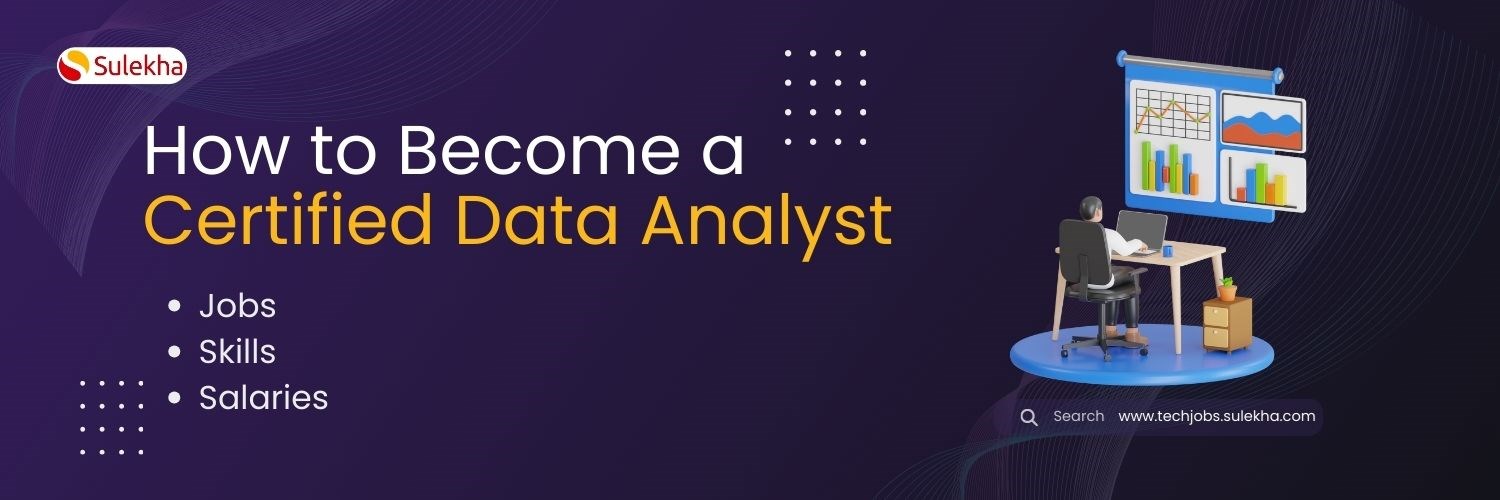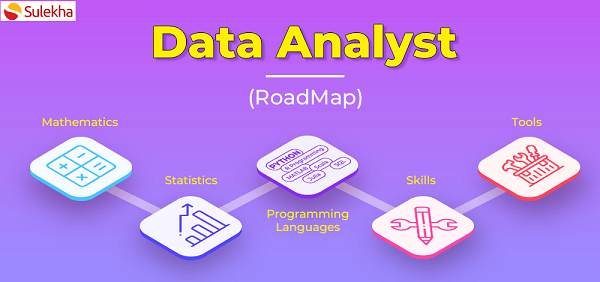What is Streaming Data Analytics?
The days where the historical data analysis and batch reports conquered are through. Today’s word demands much smarter and powerful data analytics systems. Here comes the Streaming Data Analytics to the rescue. The Streams lets you process data as it flows into your application, powering real-time dashboards and on-the-fly analytics and delivering data seamlessly to Hadoop clusters and NoSQL databases.
In making that observation I want to say: What a difference a year makes. Less than a year ago, I characterized streaming analytics as “the outlier in discussions about big data architectures.” Now, with the rapid rise of the streaming economy and the recent avid adoption of Spark Streaming, the topic has gone mainstream (pun intended).

In fact, one might argue that streaming data architectures are as fundamental to today’s “live” cloud-oriented data services as relational data architectures were to the prior era of on-premises database computing.
That explains why, for example, there’s growing interest in such approaches as “Lambda architecture,” which refers to the need to integrate both batch and streaming data processing within a common architecture under a common development, runtime, and administration paradigm.
Learning the data analysis and the rise of streaming analytics also explains why we’re seeing a surge in attempts to categorize “live” data integration patterns under which various stream processing architectures can operate with one another, as well as with batch, at-rest, and other “less than live” database architectures. For example, check out this recent blog post by Ashish Singh, who outlines a “canonical stream-processing architecture” built from two Apache codebases, Kafka, and Spark Streaming.
The Apache Hadoop ecosystem has become a preferred platform for enterprises seeking to process and understand large-scale data in real time. Technologies like Apache Kafka, Apache Flume, Apache Spark, Apache Storm, and Apache Samza are increasingly pushing the envelope on what is possible. It is often tempting to bucket large-scale streaming use cases together but in reality they tend to break down into a few different architectural patterns, with different components of the ecosystem better suited for different problems.

In other words, the focus is on Hadoop’s streaming-focused “ecosystem,” not on its storage-centric platforms. That becomes clear as Malaska lays out the four principal stream-computing patterns:
- Stream ingestion that persists events at low latency to various stores (HDFS, HBase, Solr, and more)
- Near real-time processing with external context persisted and/or accessed from various stores
- Event-partitioned processing that persists relevant external content at ultra-low-latency to various in-memory platforms
- Complex multipotency (real-time and mini-batch) topologies that enable statefully, in-stream interception, sessionization, aggregation, windowed computation, machine learning processing, and other functions with high transactionality and accuracy
Find a course provider to learn Data Analysis
Java training | J2EE training | J2EE Jboss training | Apache JMeter trainingTake the next step towards your professional goals in Data Analysis
Don't hesitate to talk with our course advisor right now
Receive a call
Contact NowMake a call
+1-732-338-7323Enroll for the next batch
data analysis bootcamp
- Dec 15 2025
- Online
data analysis bootcamp
- Dec 16 2025
- Online
data analysis bootcamp
- Dec 17 2025
- Online
data analysis bootcamp
- Dec 18 2025
- Online
data analysis bootcamp
- Dec 19 2025
- Online
Related blogs on Data Analysis to learn more

What Does a Data Analyst Do? Your Career Guide
Discover the role of a data analyst, including job description, responsibilities, and skills required as well as the importance of data analysts in today's data-driven world. We have also discussed skills and qualifications needed to become a succes

How to Become a Certified Data Analyst: Jobs, Skills, Salaries
Are you ready to unlock the secrets hidden within mountains of information? Then, data analysis is the field

Learn the Power of Data – Data Analysis Master Course
Introduction Data analysis

Who is a data analyst? Importance/ Awareness of Data Analyst
Data analyst is a professional who involves in the process of inspecting, cleansing, transforming and modeling data with the goal of discovering useful information, informing conclusion and supporting decision-making. This data analyst article gives

A Rejoinder from my College Diaries - Why Should I learn Data Analytics in Atlanta, GA
A Rejoinder from my College Diaries - Why Should I learn Data Analytics in Atlanta, GA

Passion drives you to become as a Data Analyst
If you can’t afford to fly, at least land on a sea to move on. Often people don’t get jobs based on their qualification. Then, by any chance or situation, they get placed in an IT firm. That’s how 80% of IT employees choose their career in IT in Indi
Latest blogs on technology to explore

From Student to AI Pro: What Does Prompt Engineering Entail and How Do You Start?
Explore the growing field of prompt engineering, a vital skill for AI enthusiasts. Learn how to craft optimized prompts for tools like ChatGPT and Gemini, and discover the career opportunities and skills needed to succeed in this fast-evolving indust

How Security Classification Guides Strengthen Data Protection in Modern Cybersecurity
A Security Classification Guide (SCG) defines data protection standards, ensuring sensitive information is handled securely across all levels. By outlining confidentiality, access controls, and declassification procedures, SCGs strengthen cybersecuri

Artificial Intelligence – A Growing Field of Study for Modern Learners
Artificial Intelligence is becoming a top study choice due to high job demand and future scope. This blog explains key subjects, career opportunities, and a simple AI study roadmap to help beginners start learning and build a strong career in the AI

Java in 2026: Why This ‘Old’ Language Is Still Your Golden Ticket to a Tech Career (And Where to Learn It!
Think Java is old news? Think again! 90% of Fortune 500 companies (yes, including Google, Amazon, and Netflix) run on Java (Oracle, 2025). From Android apps to banking systems, Java is the backbone of tech—and Sulekha IT Services is your fast track t

From Student to AI Pro: What Does Prompt Engineering Entail and How Do You Start?
Learn what prompt engineering is, why it matters, and how students and professionals can start mastering AI tools like ChatGPT, Gemini, and Copilot.

Cyber Security in 2025: The Golden Ticket to a Future-Proof Career
Cyber security jobs are growing 35% faster than any other tech field (U.S. Bureau of Labor Statistics, 2024)—and the average salary is $100,000+ per year! In a world where data breaches cost businesses $4.45 million on average (IBM, 2024), cyber secu

SAP SD in 2025: Your Ticket to a High-Flying IT Career
In the fast-paced world of IT and enterprise software, SAP SD (Sales and Distribution) is the secret sauce that keeps businesses running smoothly. Whether it’s managing customer orders, pricing, shipping, or billing, SAP SD is the backbone of sales o

SAP FICO in 2025: Salary, Jobs & How to Get Certified
AP FICO professionals earn $90,000–$130,000/year in the USA and Canada—and demand is skyrocketing! If you’re eyeing a future-proof IT career, SAP FICO (Financial Accounting & Controlling) is your golden ticket. But where do you start? Sulekha IT Serv

Train Like an AI Engineer: The Smartest Career Move You’ll Make This Year!
Why AI Engineering Is the Hottest Skillset Right Now From self-driving cars to chatbots that sound eerily human, Artificial Intelligence is no longer science fiction — it’s the backbone of modern tech. And guess what? Companies across the USA and Can

Confidence Intervals & Hypothesis Tests: The Data Science Path to Generalization
Learn how confidence intervals and hypothesis tests turn sample data into reliable population insights in data science. Understand CLT, p-values, and significance to generalize results, quantify uncertainty, and make evidence-based decisions.